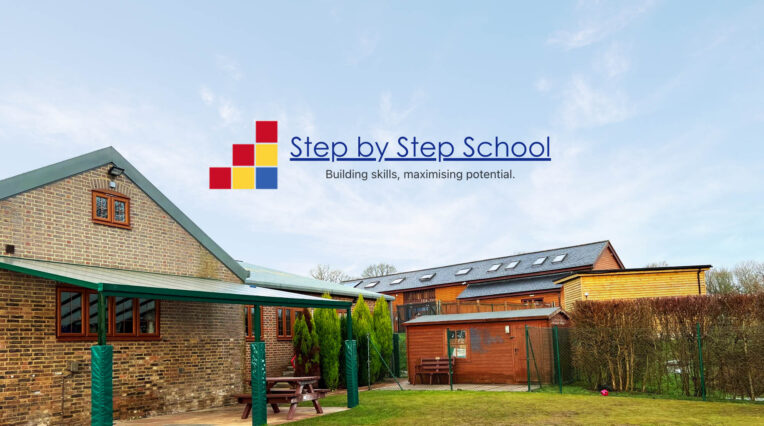Creative Marketing | 6/12/2017
Brainstorming techniques
In a previous post, we looked at how to prepare for an effective brainstorming session. Now we’d like to give you a few specific activities that you can use within your session to get the creative juices flowing, depending on the output you’re looking for.
Association
Association techniques involve getting participants to think about linked or connected concepts. These are great for expanding your thinking and building on existing activity.
Word association
One of the most basic idea-generation tools, and one you’ve almost certainly used before. You don’t even need a team, you can do it by yourself to help you think of new angles for your marketing (although the more brains involved, the more varied words you’ll come up with). Once you have come up with a long list of words, you can group these into themes to help structure your ideas.
Visual association
Similar to word association, but your starting point isn’t a word, it’s an image. Before your session, gather some images (either ones that your brand will be using in the campaign in question, or ones that you feel convey the general vibe you’re after) and ask the team what words the images make them think of.
Mind mapping
You might remember this from school. Start from a central point (probably the campaign or output you want to achieve), and work outwards to the connected elements (these could be topics, channels, audiences… whatever makes up your central concept).
Attributes
If you’re building a strategy from scratch, core attributes are great building blocks for creative ideas. Starting a brainstorming session with two or three attributes exercises will give your team a solid foundation for innovative ideas tailored to the core factors.
SWOT analysis
What are your businesses’ strengths, weaknesses, opportunities and threats? Draw a grid, and add in the key areas that you can shout about more, improve, take advantage of or protect yourself against, as appropriate.
USPs
What makes your business or product truly unique? As we’ve seen before, you probably have plenty of selling points, but are they unique selling points? Try to focus on things that you do that no one else does, or at least that you do better than everyone else.
Benefits
What does someone get out of your product or organisation? List all the benefits, but then try to narrow it down to the core ones that will really make a difference to the end user.
Audience needs
What does your target audience really care about? What matters to them? What do they need to make their lives easier?
Collaboration
If you want to get your team working closely together, these are the techniques for you!
Consequences
Ever play this game as a child? You take a piece of paper, and write the starting point of an idea. Then you pass it to the next person, who writes the next stage underneath. Then they fold the top of the paper over, so the first line is hidden, and hand it to the next person who writes something to follow on from their idea. And so on. Participants will only ever see what the person immediately before them has written. You’ll end up with some quite entertaining combinations, and a few laughs, making this a great warm-up game. But you’ll also get ideas or tactics thrown together that people would never normally link, and that can make for very interesting lines of thinking!
Starbursting
Those of you who have kids will be familiar with this approach – bet you didn’t know your five-year-old was such a great content marketer?! It basically involves continually asking questions, and questioning every answer. It helps you to drill down to the heart of your issue and take your solutions to the next level. Draw a star – in the centre is the element you want to explore, say a new product. The points of the star are labelled with question words: who, what, where, why, when, how. Then your team sets about generating questions for each point, as many as they can. Once you’ve answered each question, you can question those answers. For example, who is the target audience? Where do they live? What do they do in their spare time? How old are they? Etc. Another simple but effective approach, that your five-year-old knows well, is to challenge every answer with a gentle but probing “why?”.
Stepladder
This involves getting your team to build on each other’s ideas, and is a great way to make sure everyone in the group gets their ideas heard. Give everyone the problem you want to solve or issue you want to address beforehand and give them time to come up with their ideas. Then start the session with just two people in the room. Get them to discuss their ideas between them and come to a combined solution. Then introduce a third member of the group, let them talk about their ideas before the other two tell them what they came up with, and then allow the three to build out the idea together. Keep introducing new people one at a time until you have the whole group reaching a consensus.
Challenges
If you’re stuck in a rut or struggling to come up with something new, these techniques will get your team to look at the issue in a completely new light and free them up to think outside the box.
Time travelling
If your team can’t figure out how to solve a problem, ask them to imagine that the problem has already been solved. Spend some time discussing what the end result looks like – what awards did you win? What publicity did you get? Did revenue increase? Did you increase a new customer base? Once you’ve gathered all that information, look at what might have got you there.
Teleportation
Ok, you’re a 35-year-old middle class man living in Brighton who works in marketing in 2017. But that guy doesn’t know how to solve this problem. So what would you do if you were someone, somewhere, or sometime completely different? How would you approach the problem then?
Escape thinking
We all know the old, and trite, saying about assumptions, but they really do limit your thinking. This is a great way to break away from them. Start off with the most basic assumptions you make about your product or business and turn them on their heads. For example, “only young people engage with our brand on social media.” What if you created a social media campaign exclusively for older people? What might that look like?
Reverse thinking
This is a similar approach to the above, but involves turning the entire problem around. For example, if you’re trying to get more young people to buy your product, reverse the problem: how can we make NO young people want to buy our product? Looking at all the ways you could make a product unappealing will help you make sense of what actually is appealing to your audience.
Imagination
This is where you can let your team run wild with their ideas…
What if…
Pose a problem for your team, and as each member comes up with an idea or solution, encourage the other team members to build on it by asking “what if…”, taking the original concept in new and unexpected directions.
Design
If you have visual thinkers in your team, this is the best way to get ideas from them. Split your team into groups, pose the key question of the session, and ask them to create a picture to convey their concept then present it back to the other groups.
Speed storming
Organised chaos at its best. Set a short time limit (somewhere between two and five minutes works well) and challenge your team to come up with as many ideas as they can in the time. They’ll need to keep each idea short, so give them post-it notes and ask them to stick each idea to the wall as they go. The more on the wall at the end, the more successful your team have been. If you think a competitive element will encourage rather than deter your particular participants, give them each a different coloured post-it note and whichever colour has the most on the wall at the end wins a prize. You’ll end up with a load of ideas, some completely off-the-wall, but once you sit down and go through them, preferably discussing them with the team, you might find that even the wackiest idea can be built on into something magical.
Our Engagement team love a brainstorm! We even run creative workshop sessions designed to get the best creative ideas out of your team. If you’d like us to facilitate one for you, or come up with innovative ways to market your brand ourselves, we’d love to hear from you.





